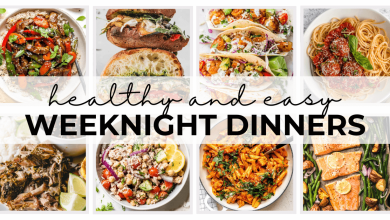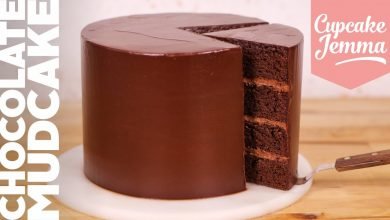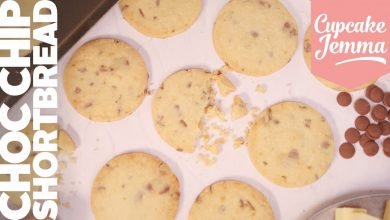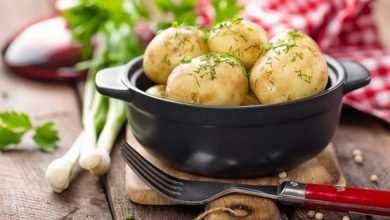Low-calorie cooking: tips and useful information for practical use

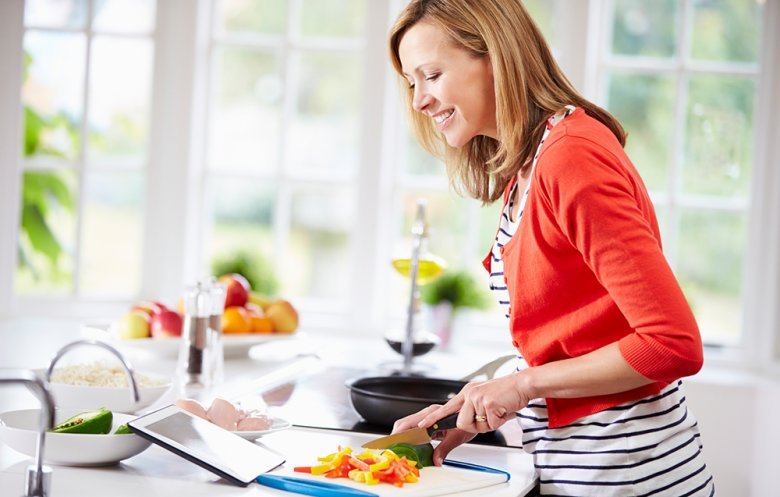 Cooking with low calories is often easier than expected. (Photo by: monkeybusiness / Depositphotos)
Cooking with low calories is often easier than expected. (Photo by: monkeybusiness / Depositphotos)Interesting facts about calories and calorie requirements
If you save calories, you won’t gain weight, but if a meal contains only a few calories, then it doesn’t taste like anything. Right? Only to a limited extent, even if these statements reflect popular opinions on the subject of calories and low-calorie cooking.
So the first question that arises is: what are the calories all about? Colloquially, the nutritional information in kilocalories is simply referred to as “calories”. It is about the energy content or calorific value of food. Put simply, there is a thermal unit behind it.
The bottom line: There are “good” and rather “bad” ones. Because not all the calories we eat every day are harmful and make you fat. What is important is how well the body can use them, that is to say “burn them off”.
It should not be forgotten that the energy requirement varies from person to person – and is also subject to fluctuations (e.g. physical strain, illness).
Replace food
As a rule of thumb, one could say that low-calorie cuisine simply makes sensible use of natural resources and alternatives.
Many products can be replaced by low-fat and lower-calorie variants without sacrificing diversity. The main aim is to replace animal fats with vegetable fats, as their polyunsaturated fatty acids are healthier.
In terms of carbohydrates, a distinction is made between the valuable carbohydrates, which break down more slowly and contain many nutrients in addition to energy, and empty carbohydrates, which often only have a high sugar content.
It doesn’t always have to be fried, breading quickly soaks up with fat. As a light alternative, it should be marinated much more often.
Side dishes can also be prepared very easily and conveniently in the oven – this is how fried potatoes become really crispy and tasty in the oven.
Tip: After frying in the pan, let excess fat drip off on paper towels.
Low-fat meats ensure that calories are saved. In the case of poultry, the skin should be removed before preparation.
 Whole grain products should be preferred instead of white flour products. (Photo by: La_vanda / Depositphotos)
Whole grain products should be preferred instead of white flour products. (Photo by: La_vanda / Depositphotos)Classic replacements are like this:
- Margarine instead of butter
- sour cream instead of crème fraîche
- Natural yogurt instead of mayonnaise
- Lean curd cheese instead of mascarpone
- Honey or stevia (dose carefully) instead of sugar
- Whole grain bread instead of white bread
- Fruit with yogurt instead of creamed egg
- Beef tartare instead of minced pork
This is how low-calorie cuisine works
But even in very practical everyday cooking there are tricks and tricks to make dishes “lighter”:
- Anyone who has prepared a meat broth, for example, lets the stock cool down and first skims off the fat eyes before further consumption.
- Meat that has a layer of fat can be fried on it without adding any additional fat. Simply cut off the fat edge before consumption; the taste is still there, but the calories are gone.
- And does a dish really have to be baked with a lot of cheese or can part of it not be replaced by breadcrumbs, which does not detract from the crispy crust?
- If possible, replace fat and sugar as flavor carriers with herbs and spices, you will be surprised.
Tip: A wok or a steamer is advantageous because it is especially useful for cooking vegetables and meat in a calorie-conscious way. The microwave is also suitable for this. And a well-coated Teflon pan also saves a few drops of frying fat.
Our recipe tips for low-calorie enjoyment:


